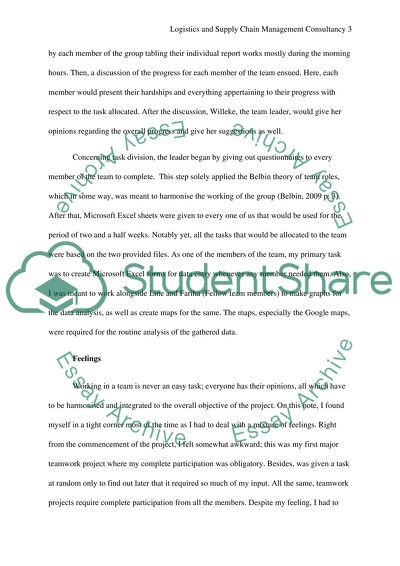Cite this document
(“Logistics and Supply Chain Management Consultancy ( team project Essay”, n.d.)
Retrieved from https://studentshare.org/professional/1695463-logistics-and-supply-chain-management-consultancy-team-project-individual-reflection
Retrieved from https://studentshare.org/professional/1695463-logistics-and-supply-chain-management-consultancy-team-project-individual-reflection
(Logistics and Supply Chain Management Consultancy ( Team Project Essay)
https://studentshare.org/professional/1695463-logistics-and-supply-chain-management-consultancy-team-project-individual-reflection.
https://studentshare.org/professional/1695463-logistics-and-supply-chain-management-consultancy-team-project-individual-reflection.
“Logistics and Supply Chain Management Consultancy ( Team Project Essay”, n.d. https://studentshare.org/professional/1695463-logistics-and-supply-chain-management-consultancy-team-project-individual-reflection.


